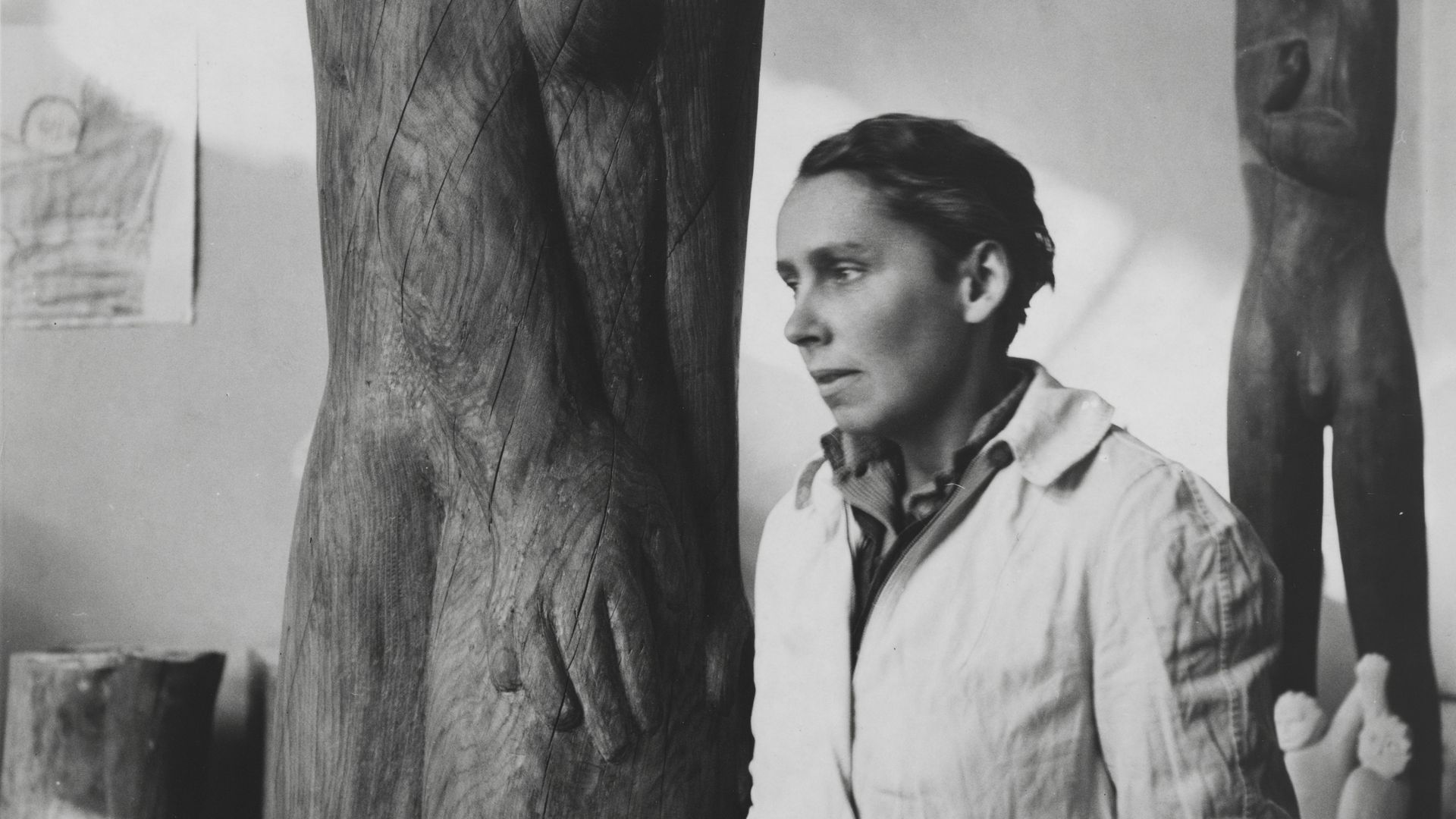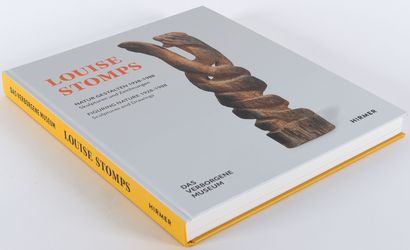DAS VERBORGENE MUSEUM will be the guest of the Berlinische Galerie for the first retrospective devoted to the sculptor Louise Stomps from 15 October 2021 until 17 January 2022. With about 90 sculptures on show, this exhibition will grant insights into the life’s work of this exceptional artist.
The sculptor Louise Stomps (1900 – 1988) was moved all her life to lend creative expression to human suffering and defenceless animals. They were key themes in her work, spanning a career from the end of the 1920s until the late 1980s. Her sculpture evolved over the course of these six decades away from the classical figure to abstract figuration as the artist gradually developed her significant personal style.
Stomps had drawn and sculpted prolifically since 1918, but it was only ten years later, after divorcing her husband, that the mother of two daughters devoted herself full-time to her art. She refused to be disheartened by the widespread prejudice that women were more suited to the decorative arts, attending evening classes in nude drawing at the United State Schools of Free and Applied Arts in Berlin from 1928 until 1932; she also took lessons from Milly Steger (1881 – 1948), who gave a sculpture class at the Berlin Association of Women Artists.
Few of her works dating from the 1930s survived, as her studio was hit in an air raid during the Second World War. One is “The Couple”, carved in oak (1937), which shows the deep bond between two lovers kneeling side by side. It still displays a realistic approach to human depictions. These early experiments with a personal style did not, however, conform to the dominant view of art under National Socialism, and as a consequence the artist withdrew into the seclusion of inner emigration.
In October 1945, soon after the Nazi were defeated, Louise Stomps joined Renée Sintenis, Hans Uhlmann, Gustav Seitz, Paul Dierkes, Karl Hartung and others to show at the first exhibition of “Sculpture and Sculptors’ Drawings” at the Gerd Rosen Gallery in Berlin at Kurfürstendamm 215.
After the convulsions of the Second World War, which she had experienced first hand, it seemed to Louise Stomps, as it did to many of her colleagues at the time, that the only way forward for art lay in figural abstraction. From the 1950s, the postures adopted by her figures often suggest a threat, a rejection or a fear. Examples are “Grief” (1951), “Stranger” (1947), “Shared Lament” (1948) and, in a direct reference to political events, “Hiroshima” (1960).
Wood was Stomps’s material of choice for her „Figuring Nature“, no doubt prompted by a radical change in her life when, in 1960, she moved from Berlin to the Bavarian village of Rechtmehring, near Wasserburg in the valley of the River Inn, where she made her home in an old sawmill dating from the 15th century. There she drew her inspiration from nature as the source of all life, from the wood of the beech, pine, common and local oak, apple, acacia, walnut, pear and many other varieties of tree. Now she focused on developing her own formal idiom, which has been identified with figural abstraction.
In the 1960s, she began work on tall, slender figures three metres high, such as “Ascetic” (1963) and “Pilgrim” (1966). “Gilgamesh”, made in 1980 and measuring 3.20 metres, was a legendary hero one-third human and two-thirds god who set out in quest of immortality.
Selected works from the exhibition
The exhibition and catalogue will honour this extraordinary sculptor for the first time, exploring her work in depth and placing it in an international context.
The exhibition and catalogue have been generously supported by the Capital Cultural Fund (HKF).



